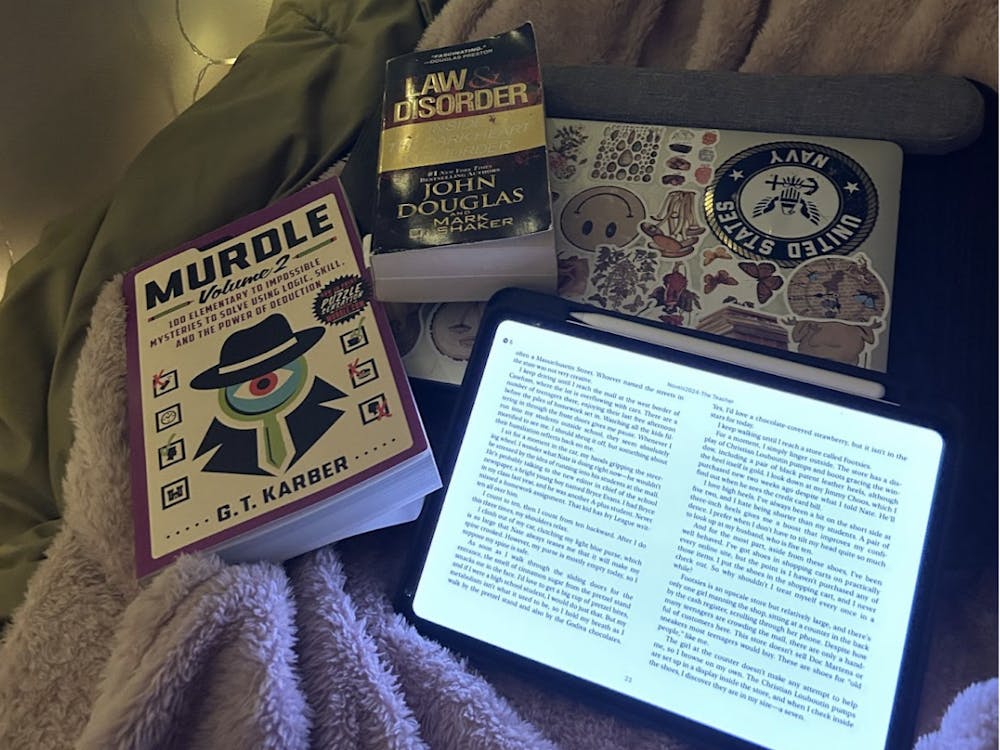How do you make an empty room feel like home?
Until I moved into Wolman 521, I never realized just how depressingly sterile blank walls are. Every dorm room is the same — the same furniture, the same cramped size and the same worn-down feeling. While the AMRs have a different atmosphere than Wolman, they all boil down to the same foundation: a room that is only temporarily yours.
What I needed — for both my comfort and sanity — was a room that was my own. As someone who has lived in the same room for the past decade, I had never thought about what made it unique, what made it mine. It was mine because I lived there for so long. It acquired that veneer over time, slowly being plastered with memories.
This approach does not work in college. There isn’t time enough, my friends, to watch the walls grow with you. You will be out of there in a year. Somehow, we need to expedite this process. If natural memory acquisition fails, a clear solution is simulated memory acquisition. If you can’t let the walls absorb your memories naturally, shove memories into them.
Things happen fast at Hopkins, so memories will naturally accumulate as you hang out around your dorm with roommates and friends. However, if this is all you have, you’re still leaving a pretty blank slate. What makes you you is not the only memories you form at Hopkins but all those that come before. How do you capture those?
My solution: literally cover the walls in memory-laden objects.
A memory-laden object — a memento — is an object that has been invested with significance beyond its physical components. It is a non-fungible object by nature of the story associated with it. You might be able to buy another friendship bracelet, but you can’t replace the friendship bracelet your best friend made you at summer camp in seventh grade.
Going into college, I sought out as many of these mementos as I could — ranging from my Evanston Township High School varsity letter, a guide from my trip to Big Bend National Park in Texas with my dad and a map from my middle school friend group’s Dungeons & Dragons campaign to a Lanthanides and Actinides cutout taken from my junior and senior year chemistry classroom.
In isolation, each of these objects codes for a set of memories. When combined, they form a web by building on each other. Each object brings something unique to the table and can impact the way that you (or someone else) read the collection as a whole.
Most importantly, the collection can and should grow. I started by covering my Wolman dorm with a calendar and a print given to me by my journalism teacher. Now it stands at nearly 50 objects large and small — from a fourth-tier English football scarf to a Post-it note written by a friend preemptively apologizing for giving me black licorice — not to mention the Lego flowers and countless books I’ve amassed over the past two years. If something sparks joy, keep it. There’s bound to be a small nook to tuck it into.
The moments themselves may be small, but they point to something greater.
My first fall at Hopkins, I took a class on the TV show The Good Place. Halfway through the semester, we read “Our Duty to Love Those We See” by Danish philosopher Søren Kierkegaard. The essay is strikingly beautiful, explaining the place of love within the human condition. It struck a chord within my friend group, one of whom lovingly drew Adam — awaking from his slumber, ribs laid bare — to see Eve standing before him.
Arcing around them are Kierkegaard’s opening words: “How deeply the need of love is rooted in human nature.”
I love these words. I love this drawing. It encapsulates what it is that I am trying to cultivate when I carefully and excitedly hang up my mementos each fall. The goal isn’t just to fill a blank space, but to make that space embody the love of those who have brought you to this moment.
Each object is but a small part of a greater whole, just as the love which we pour into one another strengthens and encourages us to be better.
I loved that drawing when it was given to me; I still love it even though — especially though — I am no longer friends with the person who gave it to me. The love and joy that we shared that fall still permeate my life even if we may not speak again.
I’m reminded of the fourth stanza of the Scottish folk song “Auld Lang Syne,” “We two have paddled in the stream, / from morning sun till dine; / But seas between us broad have roared / since auld lang syne.”
Everything happens quickly, especially in college. Friendships I thought would last forever have sailed out into those sundering seas. This world is in flux. My apartment won’t be mine in two years, and the college collage I’ve delicately assembled will be taken down. But for now, I cling tight to these mementos and the people who have loved me.
This isn’t the only way to make a room feel like home. I beg you, find your own way to capture that love before it’s too late.





